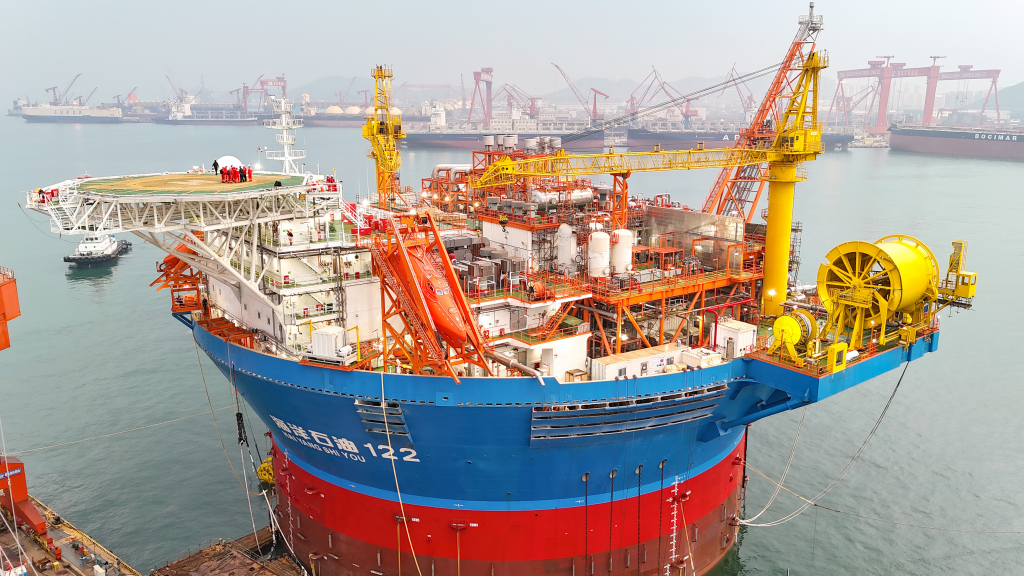Oil & Gas
BRAZIL: LAUNCH OF THE WORLD'S LARGEST FLOATING PRODUCTION, STORAGE AND OFFLOADING VESSEL.
Irene Jerry

The world's largest FPSO vessel is vital for Petrobras' deep-water oil plans. These vessels process, store, and transport energy resources. The Chinese-built vessel measures 360 meters long, 60 meters wide, and 34.3 meters high, with a steel hull weighing over 80,000 tons, making it the largest FPSO globally.
China's ZPMC built the massive FPSO for Petrobras, launched in July 2024 after 14 months of construction. It will be the tenth platform at Brazil's Búzios field Santos Basin, with Petrobras holding an 88.99% stake. The vessel can store 1.6 million barrels of oil and produce 225,000 barrels of oil and 12 million cubic meters of natural gas daily.
The P-82 unit marks a key step in Petrobras' $70 billion investment to revitalize its oil and gas operations by adding new platforms and decommissioning old ones. Petrobras aims to build 14 FPSO units and seven more platforms by 2028, tripling the number of FPSO shipyards in Brazil and chartering about 38 support vessels by 2030.
In addition to the FPSO, China installed Asia's first cylindrical FPSO unit, Haikui No.1, in the South China Sea in June 2024. Haikui No.1 is a versatile platform15 years. This achievement underscores China's growing capabilities in deep-water offshore oil and gas equipment.
Petrobras' investment strategy aims to enhance production and operational efficiency in Brazil's Santos Basin, particularly at the Búzios field. The introduction of the P-82 FPSO unit represents a significant advancement in Petrobras' efforts to expand its offshore capabilities and secure its position as a leader in deep-water oil exploration and production.
Looking ahead, Petrobras plans to continue its ambitious growth trajectory with further investments in FPSO units and additional platforms. This strategic expansion not only supports Brazil's energy needs but also reinforces Petrobras' commitment to sustainable development and technological innovation in the global energy sector.
